Chengxu Zhou
Learning to Adapt: Bio-Inspired Gait Strategies for Versatile Quadruped Locomotion
Dec 12, 2024



Abstract:Deep reinforcement learning (DRL) has revolutionised quadruped robot locomotion, but existing control frameworks struggle to generalise beyond their training-induced observational scope, resulting in limited adaptability. In contrast, animals achieve exceptional adaptability through gait transition strategies, diverse gait utilisation, and seamless adjustment to immediate environmental demands. Inspired by these capabilities, we present a novel DRL framework that incorporates key attributes of animal locomotion: gait transition strategies, pseudo gait procedural memory, and adaptive motion adjustments. This approach enables our framework to achieve unparalleled adaptability, demonstrated through blind zero-shot deployment on complex terrains and recovery from critically unstable states. Our findings offer valuable insights into the biomechanics of animal locomotion, paving the way for robust, adaptable robotic systems.
Learning Bipedal Walking on a Quadruped Robot via Adversarial Motion Priors
Jul 02, 2024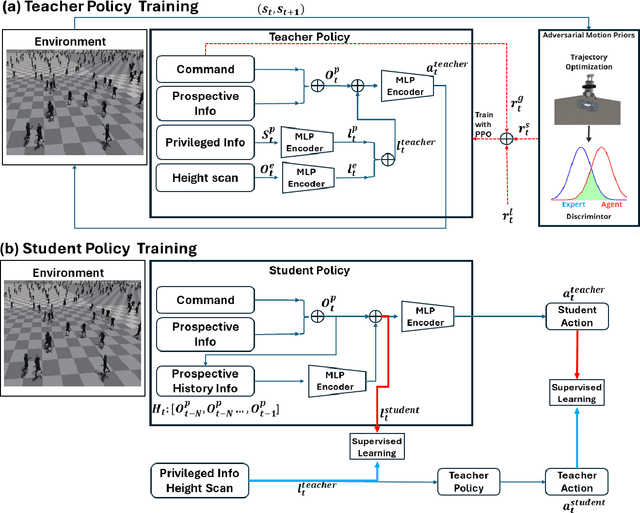
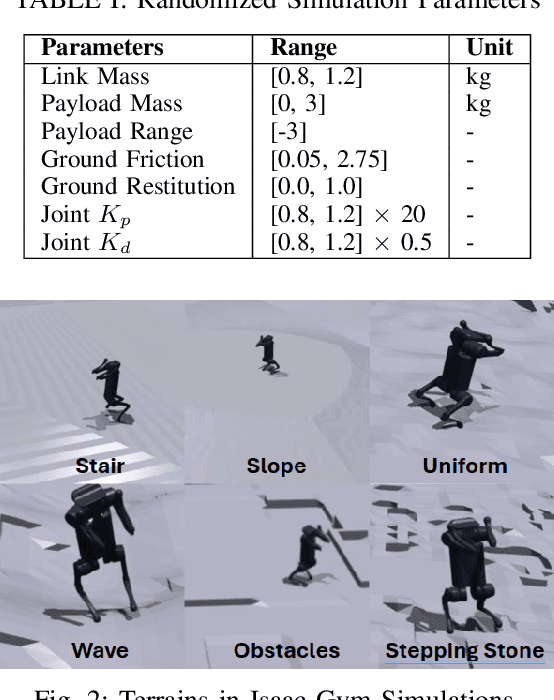
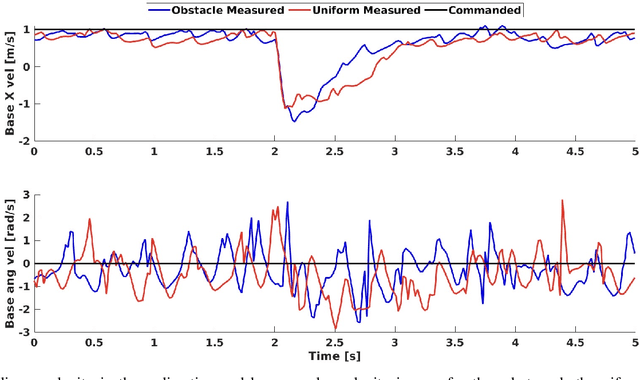
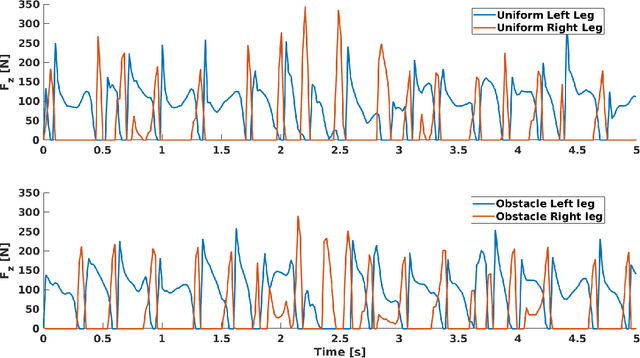
Abstract:Previous studies have successfully demonstrated agile and robust locomotion in challenging terrains for quadrupedal robots. However, the bipedal locomotion mode for quadruped robots remains unverified. This paper explores the adaptation of a learning framework originally designed for quadrupedal robots to operate blind locomotion in biped mode. We leverage a framework that incorporates Adversarial Motion Priors with a teacher-student policy to enable imitation of a reference trajectory and navigation on tough terrain. Our work involves transferring and evaluating a similar learning framework on a quadruped robot in biped mode, aiming to achieve stable walking on both flat and complicated terrains. Our simulation results demonstrate that the trained policy enables the quadruped robot to navigate both flat and challenging terrains, including stairs and uneven surfaces.
Deep Reinforcement Learning for Bipedal Locomotion: A Brief Survey
Apr 25, 2024



Abstract:Bipedal robots are garnering increasing global attention due to their potential applications and advancements in artificial intelligence, particularly in Deep Reinforcement Learning (DRL). While DRL has driven significant progress in bipedal locomotion, developing a comprehensive and unified framework capable of adeptly performing a wide range of tasks remains a challenge. This survey systematically categorizes, compares, and summarizes existing DRL frameworks for bipedal locomotion, organizing them into end-to-end and hierarchical control schemes. End-to-end frameworks are assessed based on their learning approaches, whereas hierarchical frameworks are dissected into layers that utilize either learning-based methods or traditional model-based approaches. This survey provides a detailed analysis of the composition, capabilities, strengths, and limitations of each framework type. Furthermore, we identify critical research gaps and propose future directions aimed at achieving a more integrated and efficient framework for bipedal locomotion, with potential broad applications in everyday life.
A New Image Quality Database for Multiple Industrial Processes
Jan 29, 2024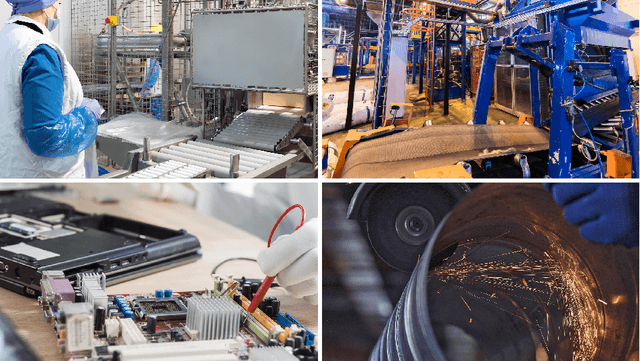
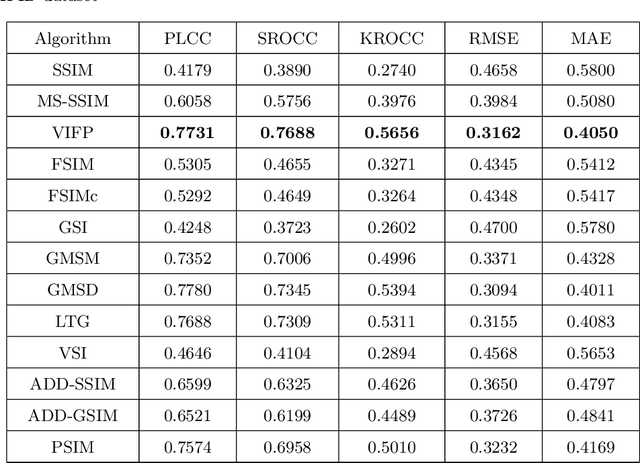
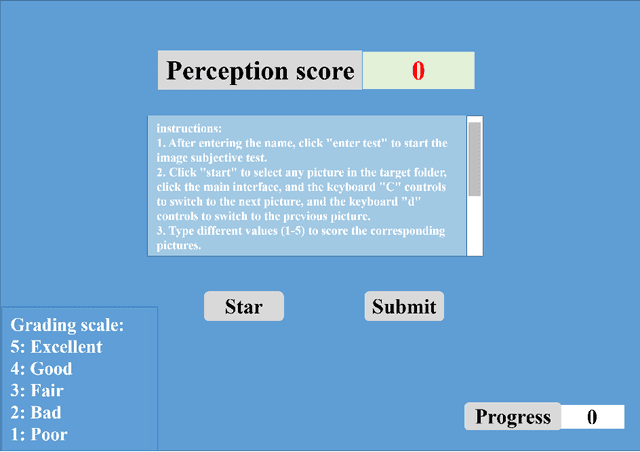
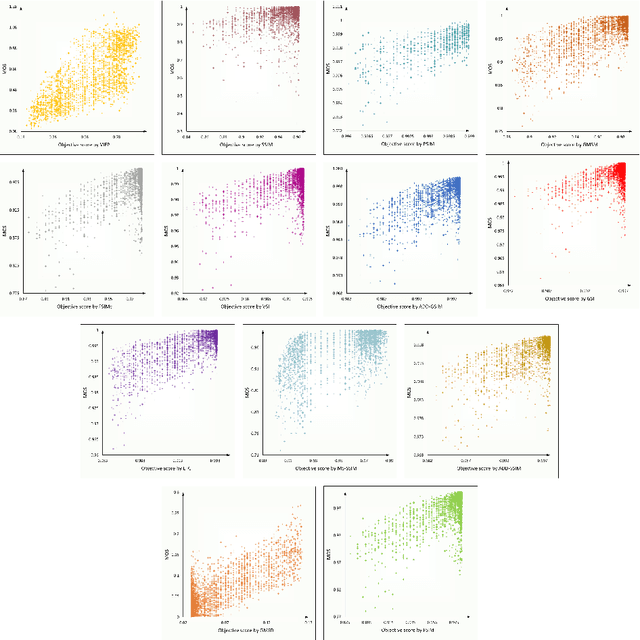
Abstract:Recent years have witnessed a broader range of applications of image processing technologies in multiple industrial processes, such as smoke detection, security monitoring, and workpiece inspection. Different kinds of distortion types and levels must be introduced into an image during the processes of acquisition, compression, transmission, storage, and display, which might heavily degrade the image quality and thus strongly reduce the final display effect and clarity. To verify the reliability of existing image quality assessment methods, we establish a new industrial process image database (IPID), which contains 3000 distorted images generated by applying different levels of distortion types to each of the 50 source images. We conduct the subjective test on the aforementioned 3000 images to collect their subjective quality ratings in a well-suited laboratory environment. Finally, we perform comparison experiments on IPID database to investigate the performance of some objective image quality assessment algorithms. The experimental results show that the state-of-the-art image quality assessment methods have difficulty in predicting the quality of images that contain multiple distortion types.
Web-based Experiment on Human Performance in Dual-Robot Teleoperation
Dec 13, 2022Abstract:In most cases, upgrading from a single-robot system to a multi-robot system comes with increases in system payload and task performance. On the other hand, many multi-robot systems in open environments still rely on teleoperation. Therefore, human performance can be the bottleneck in a teleoperated multi-robot system. Based on this idea, the multi-robot system's shared autonomy and control methods are emerging research areas in open environment robot operations. However, the question remains: how much does the bottleneck of the human agent impact the system performance in a multi-robot system? This research tries to explore the question through the performance comparison of teleoperating a single-robot system and a dual-robot system in a box-pushing task. This robot teleoperation experiment on human agents employs a web-based environment to simulate the robots' two-dimensional movement. The result provides evidence of the hardship for a single human when teleoperating with more than one robot, which indicates the necessity of shared autonomy in multi-robot systems.
TeLeMan: Teleoperation for Legged Robot Loco-Manipulation using Wearable IMU-based Motion Capture
Sep 21, 2022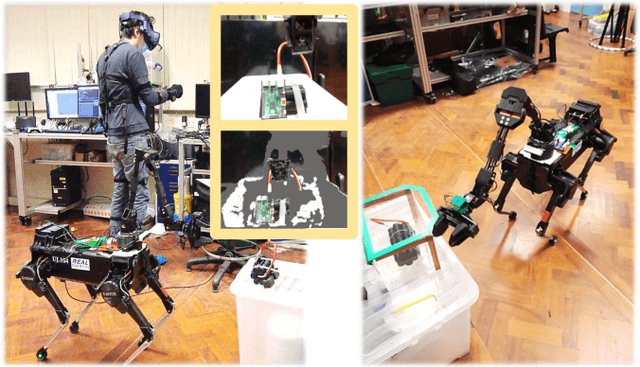


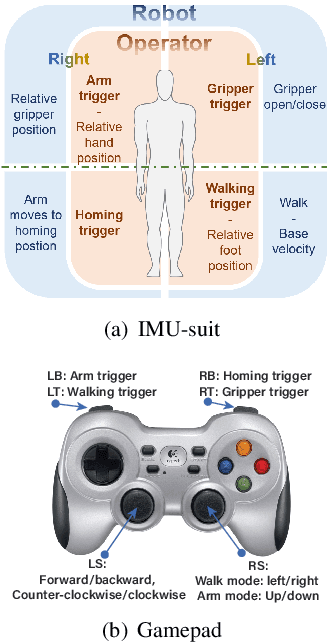
Abstract:Human life is invaluable. When dangerous or life-threatening tasks need to be completed, robotic platforms could be ideal in replacing human operators. Such a task that we focus on in this work is the Explosive Ordnance Disposal. Robot telepresence has the potential to provide safety solutions, given that mobile robots have shown robust capabilities when operating in several environments. However, autonomy may be challenging and risky at this stage, compared to human operation. Teleoperation could be a compromise between full robot autonomy and human presence. In this paper, we present a relatively cheap solution for telepresence and robot teleoperation, to assist with Explosive Ordnance Disposal, using a legged manipulator (i.e., a legged quadruped robot, embedded with a manipulator and RGB-D sensing). We propose a novel system integration for the non-trivial problem of quadruped manipulator whole-body control. Our system is based on a wearable IMU-based motion capture system that is used for teleoperation and a VR headset for visual telepresence. We experimentally validate our method in real-world, for loco-manipulation tasks that require whole-body robot control and visual telepresence.
Nonlinear Model Predictive Control for Robust Bipedal Locomotion Exploring CoM Height and Angular Momentum Changes
Feb 18, 2019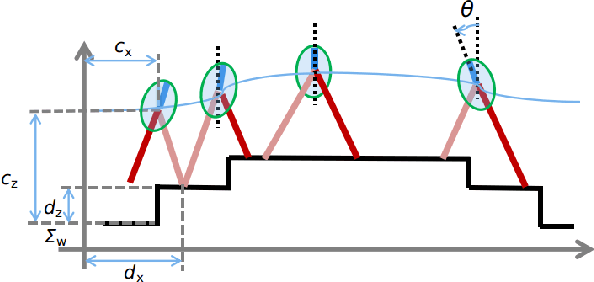
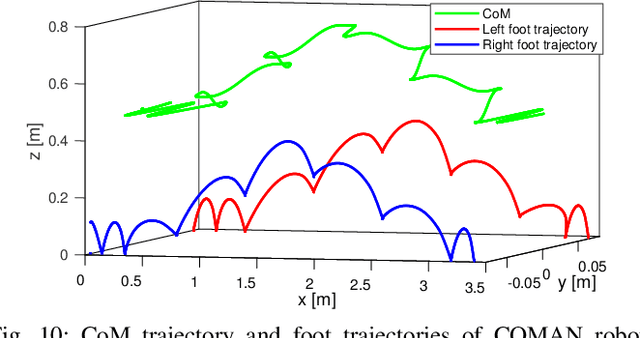
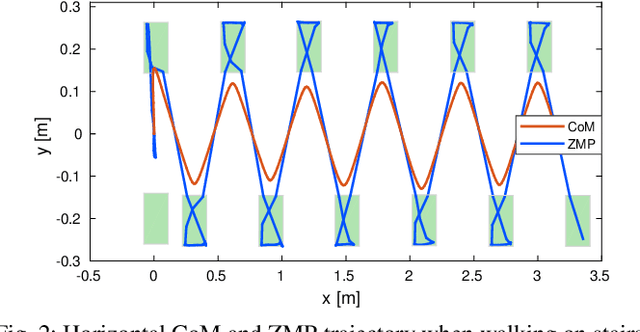
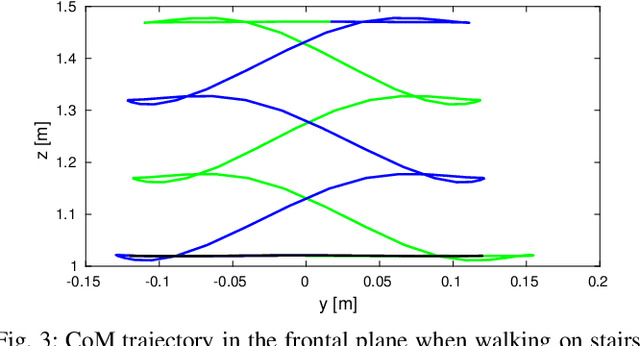
Abstract:Human beings can make use of various reactive strategies, e.g. foot location adjustment and upper-body inclination, to keep balance while walking under dynamic disturbances. In this work, we propose a novel Nonlinear Model Predictive Control (NMPC) framework for versatile bipedal gait pattern generation, with the capabilities of footstep adjustment, Center of Mass (CoM) height variation and angular momentum adaptation. These features are realized by constraining the Zero Moment Point motion with considering the variable CoM height and angular momentum change of the Inverted Pendulum plus Flywheel Model. In addition, the NMPC framework also takes into account the constraints of footstep location, CoM vertical motion, upper-body inclination and joint torques, and is finally formulated as a quadratically constrained quadratic program. Therefore, it can be solved efficiently by Sequential Quadratic Programming. Using this unified framework, versatile walking pattern with exploiting time-varying CoM height trajectory and angular momentum changes can be generated based only on the terrain information input. Furthermore, the improved capability for balance recovery under external pushes has been demonstrated through simulation studies.
 Add to Chrome
Add to Chrome Add to Firefox
Add to Firefox Add to Edge
Add to Edge